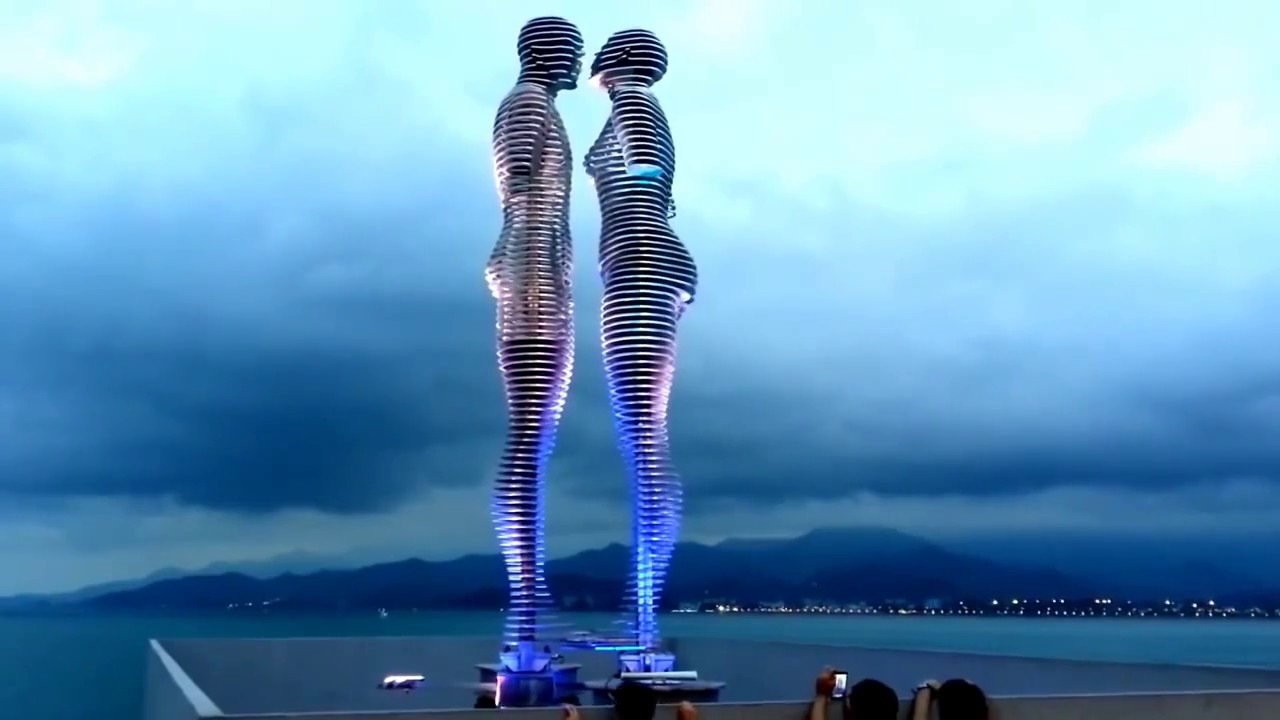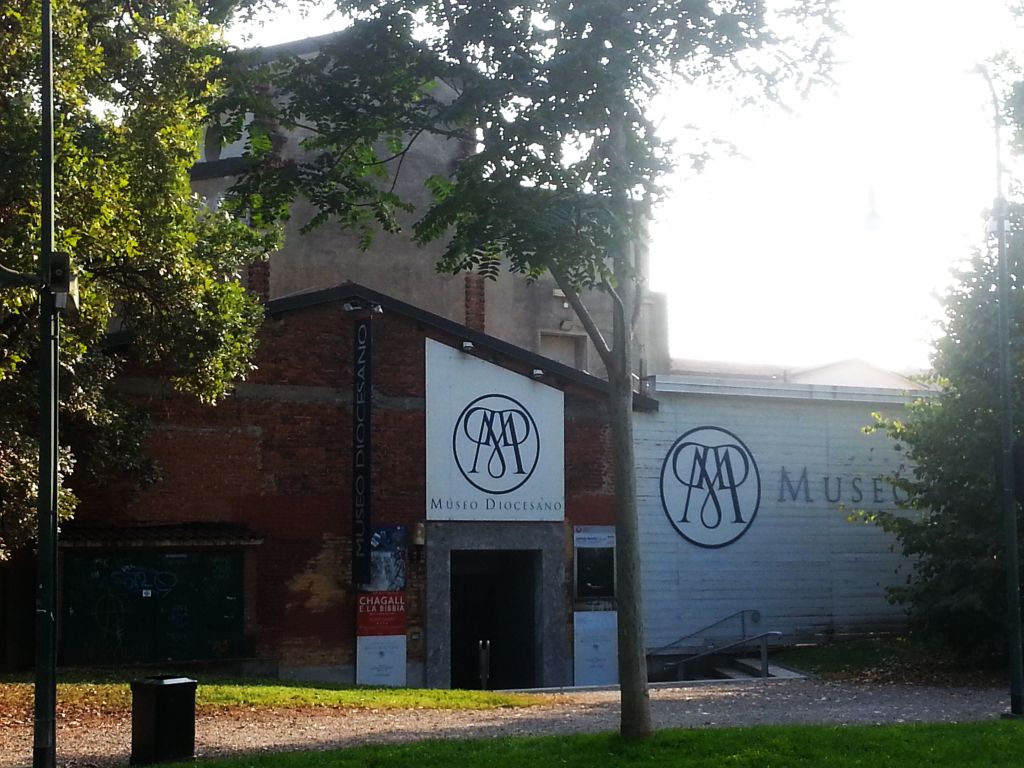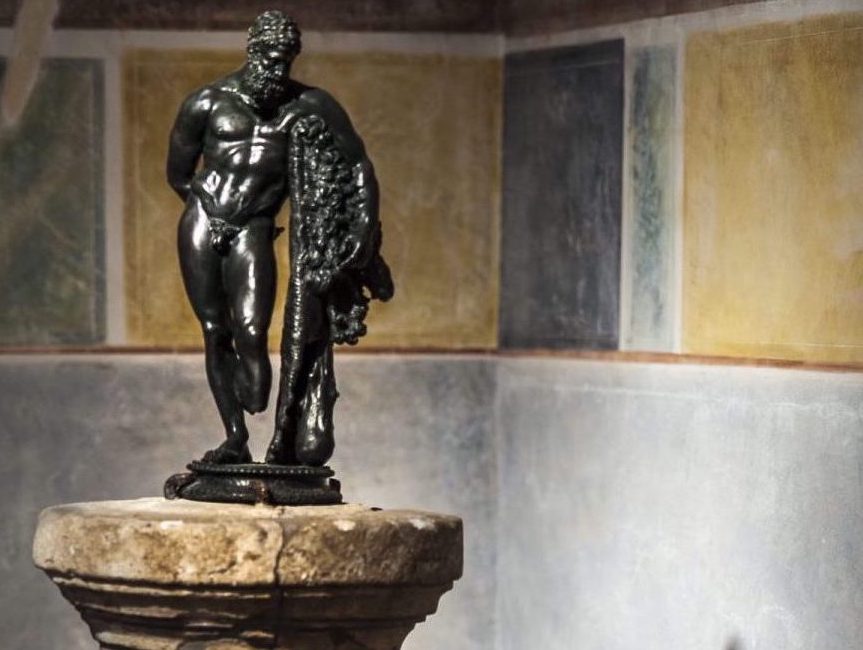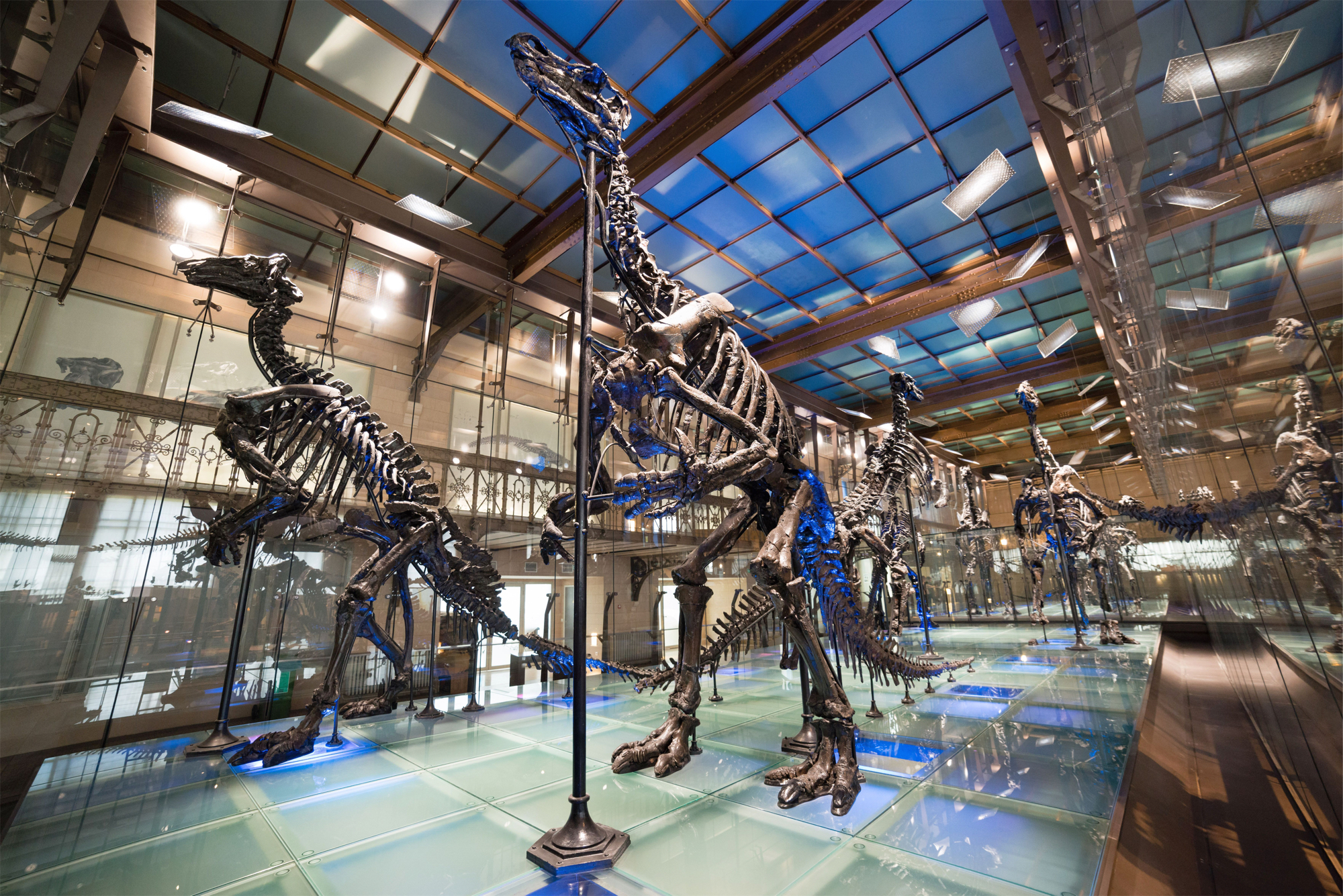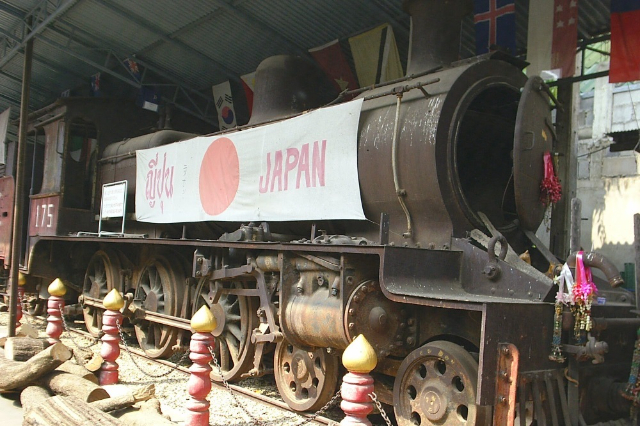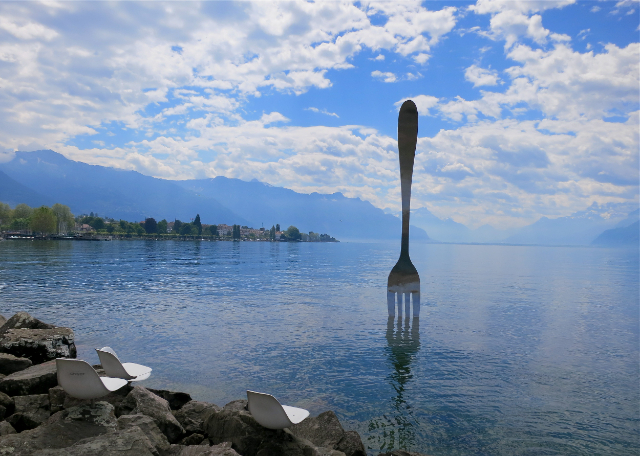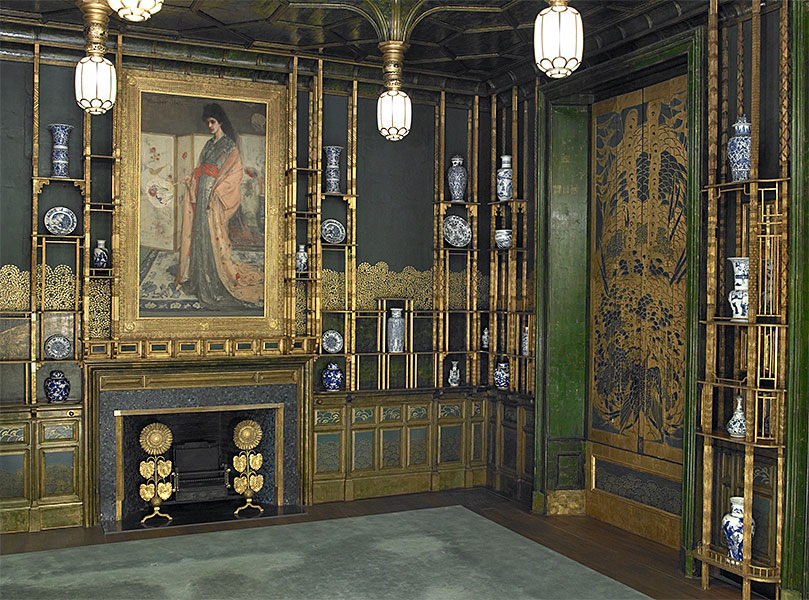The Ali and Nino mobile sculpture in Batumi, Georgia is undoubtedly one of the most spectacular and memorable sights in the city overlooking the Black Sea. In the opinion of the majority of tourists who visit Batumi, Ali and Nino is a celebration of true love, the kind without borders or prejudice. It is a mobile steel sculpture created by Tamara Kvesitadze. The work tells the love story between a Christian princess and a Muslim boy, who were forced to separate forever during the Bolshevik invasion. The two figures represent an Azerbaijani Muslim boy, Ali Shervanshir, and a Georgian Christian princess, Nino Kipiani, the protagonists of a famous 1937 novel by Azerbaijani author Kurban Said. A rough translation of this pseudonym would be "someone of sacred descent who was sacrificed," which is precisely the theme of the story of this great love. The true identity of the author of the book, which has been translated into 30 languages, is still unknown. The book reflects the period of World War I in the Caucasus and the tragic love story ends with Ali and Nino separated by the Soviet invasion. This attack changed the lives of millions of people, so the drama portrayed by the play may have actually happened in real life.
The "love statue," as it has been dubbed, begins to move at 7 p.m. each day, joining in a brief embrace, creating a single sculpture for an instant, before both sides leave the other behind. After 10 minutes, the movement is complete.
